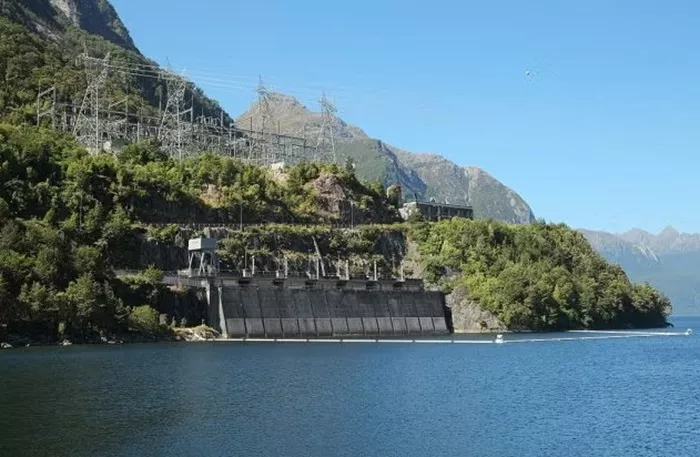Meridian Energy has successfully commissioned a new transformer at the Manapōuri Power Station, bringing the facility’s generation capacity closer to its maximum output after two years of operating below full capacity.
Manapōuri, New Zealand’s largest hydroelectric power station, had been running at reduced levels since faults were identified in two of its seven transformers. The new transformer, delivered to the site in October, has now been installed and is fully operational.
Tania Palmer, Meridian’s General Manager of Generation, highlighted the importance of this achievement for New Zealand’s electricity grid.
“This has been a long journey of diagnosing faults, testing solutions, and finally procuring, transporting, and installing the new transformer. As a result, we can now generate an additional 128 megawatts from Manapōuri compared to this time last year,” Palmer said.
With the new transformer in place, the station’s generation capacity has increased from 640MW to approximately 768MW, nearing its maximum consented output of 800MW.
The 104-tonne transformer was shipped from Australia to New Zealand in October and transported to the site via truck and barge. This marked the first time such a large piece of equipment was barged across Lake Manapōuri.
A second replacement transformer is expected to arrive by late 2025.
A Key Player in Renewable Energy
Commissioned in 1971, the Manapōuri Power Station is a cornerstone of New Zealand’s renewable energy infrastructure. Initially built to supply power to the Tiwai Point Aluminium Smelter, the project was one of the country’s most ambitious engineering feats. It involved excavating a 10-kilometer tailrace tunnel to channel water from Lake Manapōuri to the station’s turbines.
Over the years, the station has undergone several upgrades to improve efficiency and capacity. These include the completion of a second tailrace tunnel in 2002. These efforts have ensured Manapōuri remains a vital part of New Zealand’s hydroelectric network, while adhering to strict environmental consent conditions.
The restoration of its capacity underscores the station’s ongoing role in supporting the country’s renewable energy goals.
Related topic:
- Toshiba to Supply Gear for Patuha 2 Geothermal Project, Indonesia
- Ontario Power Generation Shuts Down Pickering-4 Nuclear Plant
- Winter Storm Leaves Kentuckians Without Power

